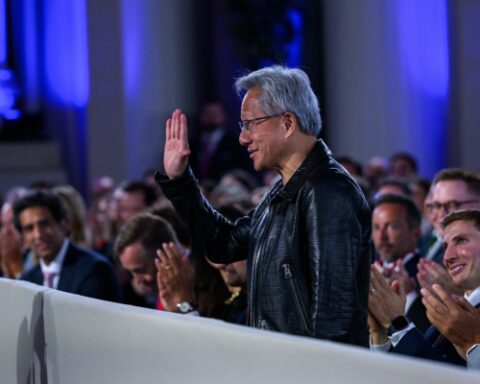China announced Wednesday it will suspend some of its highest retaliatory tariffs on U.S. goods for one year, marking a temporary easing of trade tensions after last week’s meeting between President Donald Trump and Chinese President Xi Jinping. The move represents one of the clearest signs yet that Trump’s hardline trade strategy has compelled Beijing to re-engage with American exporters, particularly in the agricultural sector that has long borne the brunt of China’s economic retaliation.
According to a statement from China’s Customs Tariff Commission of the State Council, beginning November 10, Beijing will suspend an additional 24 percent tariff rate on U.S. imports. However, a separate 10 percent tariff will remain in place. Liu Pengyu, spokesperson for the Chinese Embassy in Washington, confirmed the suspension in an email to The Hill.
The temporary tariff relief follows a bilateral understanding reached during the Trump-Xi talks, which aimed to reset trade relations after years of escalating duties and restrictions. Trump, who had earlier criticized Beijing’s economic practices as “unfair and abusive,” signed an executive order Tuesday suspending “heightened reciprocal tariffs” on China until November 10, 2026, effectively extending a window for negotiations and market stabilization.
Despite China’s partial concession, key agricultural exports such as soybeans will continue to face a 13 percent tariff, Reuters reported. Still, Beijing’s willingness to resume and expand purchases of U.S. agricultural products marks a notable shift. A White House fact sheet released after the meeting stated that China agreed to purchase at least 12 million metric tons of U.S. soybeans during the final two months of 2025, and at least 25 million metric tons annually in 2026, 2027, and 2028 — levels consistent with pre-trade war averages.
China also pledged to resume imports of American sorghum, hardwood, and softwood logs, providing a boost to U.S. farmers and producers whose markets have struggled under years of retaliatory tariffs. The White House further announced that Beijing had committed to halting the export of precursor chemicals used in the production of fentanyl — a gesture that aligns with Trump’s demand for stronger Chinese enforcement on the global flow of illicit drugs.
Other provisions from the Trump-Xi discussions include China’s agreement to permit exports of rare earth elements and other critical minerals to the United States, and to end retaliatory actions against major U.S. semiconductor manufacturers and technology firms. The move is expected to ease some pressure on American industry, though questions remain about Beijing’s long-term compliance and transparency.
In Beijing, China’s vice minister of commerce, Li Chenggang, called for “cooperation instead of confrontation,” while suggesting that Trump had “instigated a trade war” in prior years. Yet even as Chinese officials sought to project calm, their decision to lift tariffs on select goods underscores a reality many trade experts have noted: that Beijing’s export-dependent economy remains sensitive to U.S. leverage.
For Trump, the announcement marks a political and economic victory. By maintaining a tough negotiating posture while securing concrete commitments from China, he has managed to reopen key markets for American producers without offering major concessions. Whether this fragile truce holds, however, may depend on whether Beijing follows through on its promises — and whether Trump, true to form, continues to hold China accountable.
[READ MORE: Mexican Mayor Who Defied Cartels Killed in Public as Crime Crisis Deepens]






